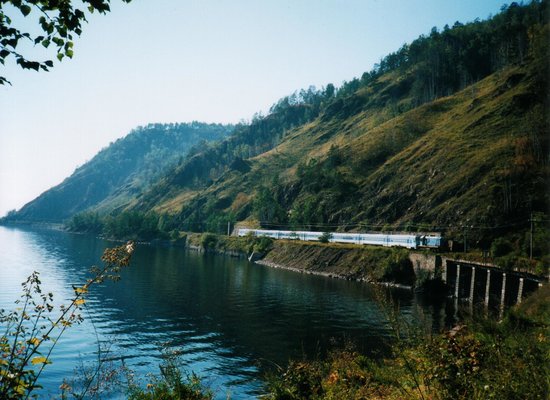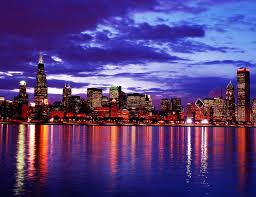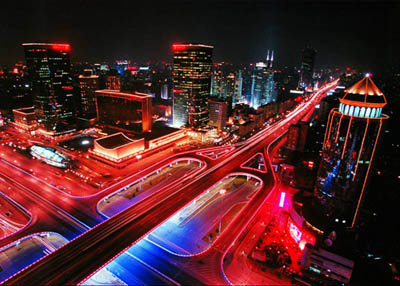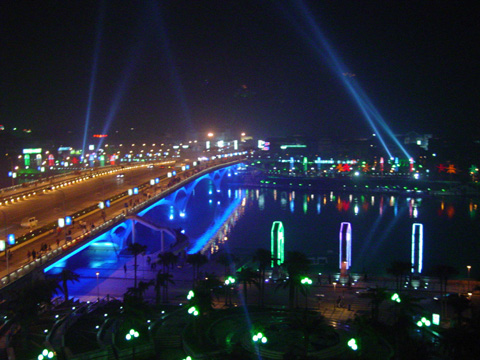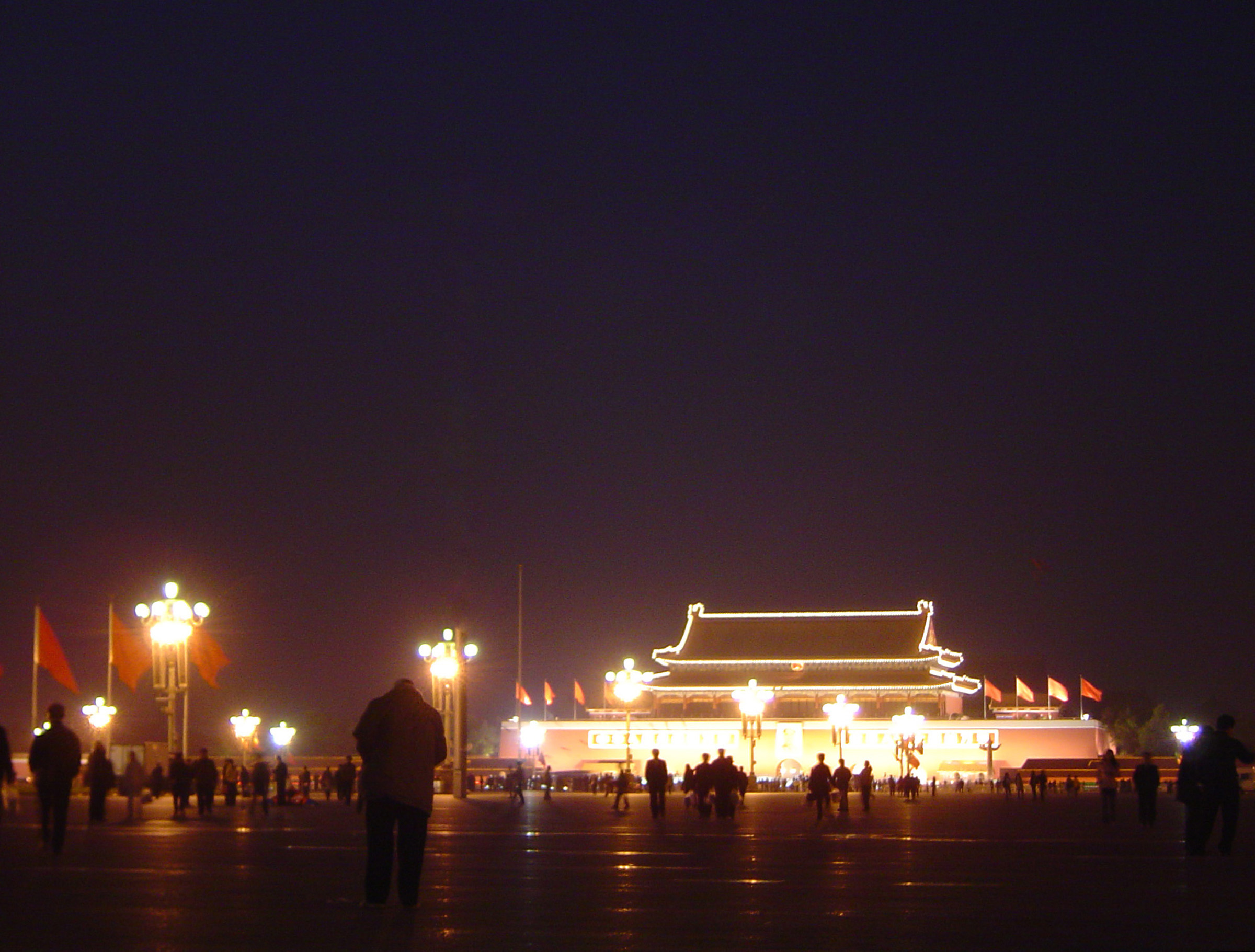
Wonder: York Minster
Country: England
Region: York
Visitable: Yes
About:
York Minster is the greater Gothic Cathedral to the north of Europe, built on a cult place that combines Roman, Vikings and Medieval reminiscences.
Wonder type: National Wonder
York Minster location
York Minster is the biggest Gothic Cathedral in York, Northern Europe with 160m long and 76m wide. It is the seat of the Archbishop of York and Cathedral for the Diocese of York. It is formally title as The Cathedral and Metropolitical Church of St. Peter in York.
The cathedral was built between the 12th and the 15th century, the Foundations Museum under the Minster shows how the present building was constructed on the site of a Norman Cathedral which was it built on a Roman Fort. Two million people visit York Minster every year, tourists or pilgrims.
The stained glass window on the East Front is as big as a tennis court – the biggest expanse of medieval stained glass in the world. In the north transept is the Five Sisters Window, each lancet being over 16m high. The south transept contains the famous Rose window.
History
Since 300s, York has had a Christian presence. The first church was a wooden structure, built in 627 to provide a place to baptism Edwin, King of Northumbria. Around 637 a stone structure was completed by Oswald and dedicated to Saint Peter, but soon fell into disrepair and was dilapidated by 670.
Panorama vertical, York Minster
Panorama vertical, York Minster
In 741, the church was destroyed in a fire, but rebuilt with a more impressive structure containing thirty altars. After that the church and the entire area passed through the hands of numerous invaders, thus its history is unknown until the 10th century.
Between 1069 circa 1154, the church was damaged by a fire, destroyed by the Danes, to finally be repaired and remodeled with a Norman style. The archbishop, Walter de Gray ordered the construction of a Gothic structure to compare to Canterbury. The north and south transepts were built in the Early English Gothic style.
The Chapter House was completed before 1296, the outer roof in the 1330s, and the vaulting was finished in 1360. In 1407 the central tower collapsed and a new tower was built from 1420. The western towers were added between 1433 and 1472. The cathedral was declared complete and consecrated in 1472.
From 1730 to 1736 the whole floor of the Minster was relaid in patterned marble, However an accidental fire in 1840 left the nave, south west tower, and south aisle roofless, blackened shells. Another fire in 1984 destroyed the roof in the south transept, and restoration work was completed in 1988, and included new roof bosses. In 2007 renovation began on the east front, including the Great East Window, at an estimated cost of £23 million.
The present building was begun in about 1230 and completed in 1472, with a cruciform plan and an octagonal chapter house attached to the north transept, a central tower and two towers at the west front. The stone used for the building is magnesian limestone. The Minster is 158 metres long and each of its three towers are 60 metres high. The choir has an interior height of 31 metres. The North and South transepts have simple lancet windows, the most famous being the Five Sisters and the Rose Window commemorates the union of the royal houses of York and Lancaster.
The astronomical clock was installed in the North Transept in 1955. The clock is a memorial to the airmen operating from bases in Yorkshire, Durham, and Northumberland who were killed in action during World War II.
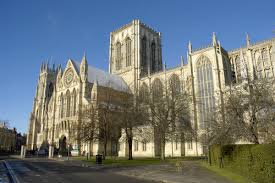
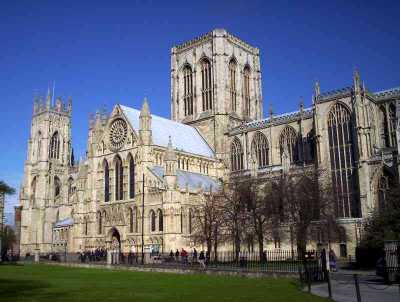
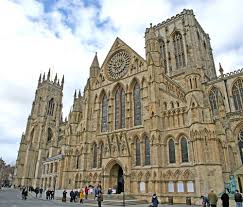

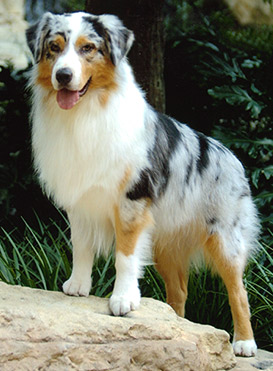

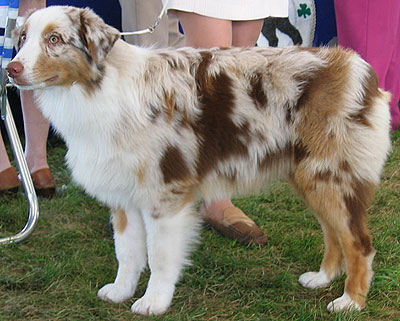



 While in school, he spent his summers in France (for his health and pleasure). Having realized that he was meant to be a writer, he began with travel essays and books. After finishing school, he moved to the continent, abandoning any thought of practicing law. Due to his health and other overriding interests, he never lived in Scotland again. But his abiding love for his country, for Scottish history and culture, never died and his fictional works pay tribute to the land of his birth.
While in school, he spent his summers in France (for his health and pleasure). Having realized that he was meant to be a writer, he began with travel essays and books. After finishing school, he moved to the continent, abandoning any thought of practicing law. Due to his health and other overriding interests, he never lived in Scotland again. But his abiding love for his country, for Scottish history and culture, never died and his fictional works pay tribute to the land of his birth.



